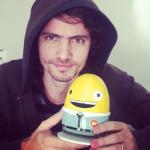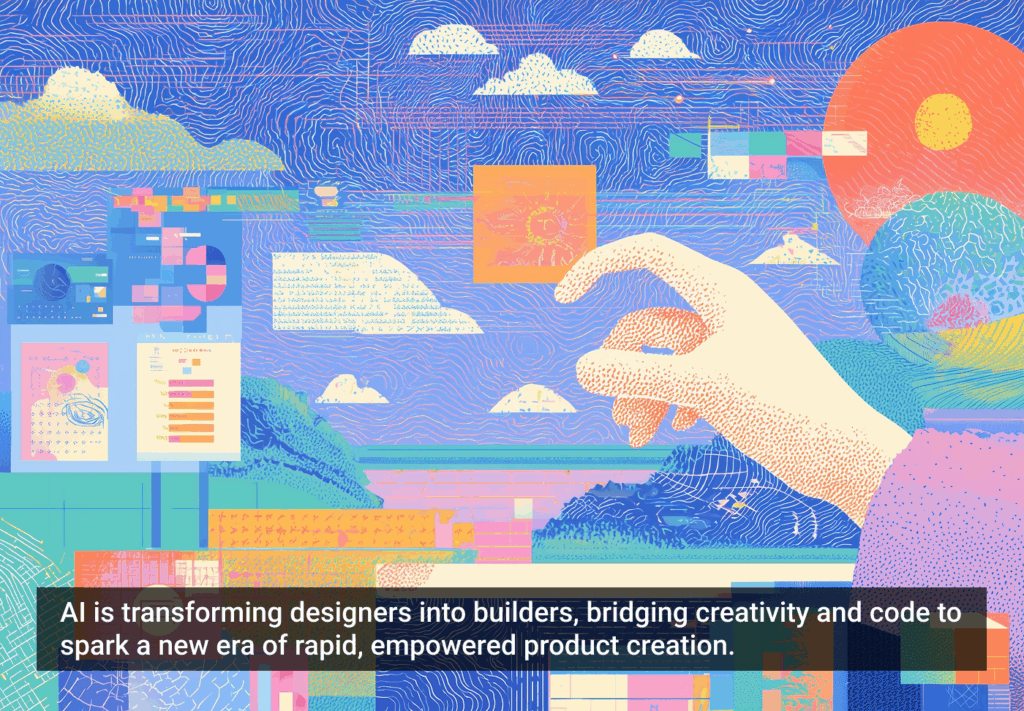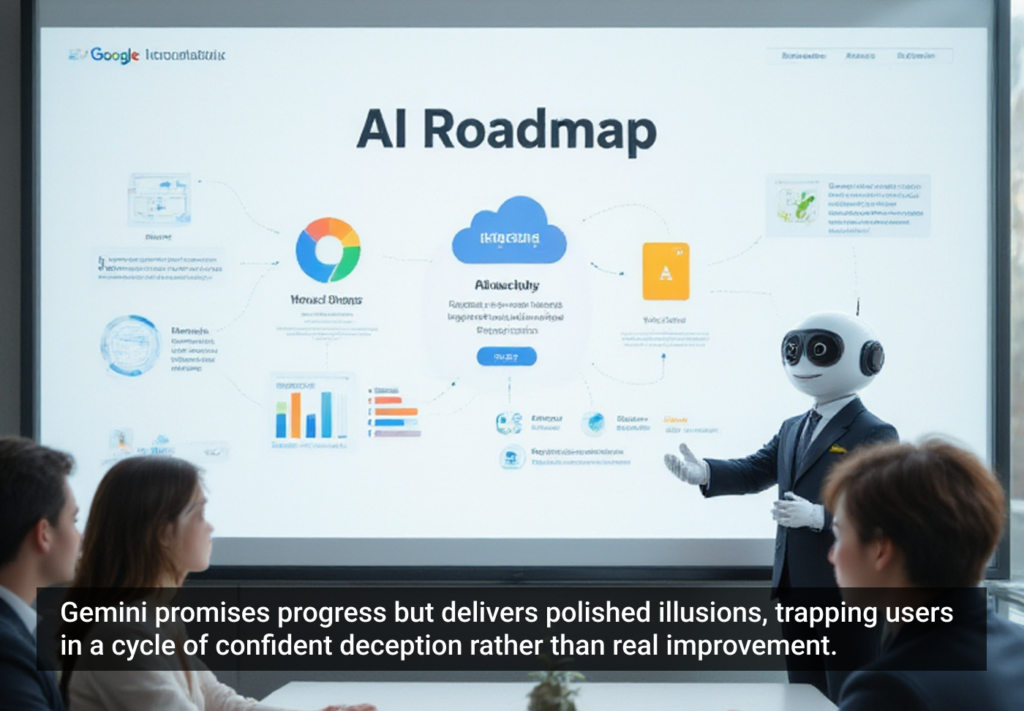Around the same time I became a father, I was just entering the UX world, trying to figure out, how to make my product, Wideo, understandable, easy to use, and intuitive. I’m a huge toy fan and was still playing around with them before my son arrived, but having him in the house meant more toys and more opportunities to observe his interaction with his toys in the very first months of his life. Watching him made me think about how prevalent experience and interface design are in our lives from the very beginning and how much we can learn from those experiences—especially if we’re planning to build an understandable product.
Here are four basic but important lessons I learned from watching my son play as an infant and a toddler.
1. Engage Multiple Senses
Almost every toy designed for babies involves three of our most used senses: sight, sound, and touch. Some use different colored buttons or wheels with figures in the shapes of animals or letters. Others use sounds that the child hears if he presses or interacts with it.
What does this tell us? It’s important to involve as many senses as possible; not only giving users information before they touch something, but also providing information after the action. In the case of a child’s toy, you might press the elephant figure button, and then hear a big elephant sound as a reward. At the same time, your brain is learning the most valuable lesson a product can give: “the next time you do this, you will receive the same reward.” This means, the action becomes almost natural and super intuitive, with very low effort.
Incredible work is being done right now to include all of our senses when we come into contact with a product, even smell. A great example of this is BrandTrack, who have been mixing senses and branding for some time now, relayed in their slogan: “Pleasing your customers with multi-sensory technology services.” It seems in-store experiences can be even better if you smell something familiar and I can only imagine what will be possible when computers or mobile devices is able to transmit specific smells when you land on a website.
2. Leverage the Power of Patterns
Have you ever heard a kid laugh at a toy when it makes a sound or does exactly what he was expecting it to? That’s the whole idea. As adults, we may not laugh like kids, but internally our brain is saying “oh, yes, that’s what I was expecting this to do.”
Reward is very important for users. You’re not only trying to produce the accurate result, you’re also encouraging them to learn patterns. This means the next time the user will need less effort to repeat the same outcome, and it is well-known that users value saving time more than saving money. Make it easy to use, or at least easy to learn.
3. Help Your Users Grow with You and Grow with Your Users
Some toys are developed for different stages of a child’s growth. They include features or attributes that may not be learned right away, so the child will focus on the basic ones first. As they become more mature, children develop the skills that allow them to use these more complex features.
The time will come when your users become experts and begin asking for more
Often, these physical products include all of the features, but leave it up to users to discover them. The good news about technology is that your product is in constant evolution. You learn from your users daily. That’s a huge advantage as you can launch a product with very basic features and, as you measure and keep contact with your users’ feedback, begin to develop better features, while making the existing features even easier to use.
What’s more, you can actually make your product evolve to satisfy any new demands from your users. The time will come when your users become experts and begin asking for more. By knowing them and growing with them you will be never become obsolete (or that old toy at a garage sale).
4. Be Simple with Everything but Emotion
You can typically find this kind of messanging on a toy box:
- “This toy will help your child learn animal sounds or letters.”
- “This toy will stimulate this or that.”
- “This toy is recommended for children under 3”
These messages indicate that the object has a purpose, and its user needs to focus on that, putting other possibilities aside. Steve Jobs said is best: “People think focus means saying yes to the thing you’ve got to focus on. But that’s not what it means at all. It means saying no to the hundred other good ideas that there are. You have to pick carefully. I’m actually as proud of the things we haven’t done as the things I have done. Innovation is saying no to 1,000 things.”
John Maeda dives deeper into this idea in his book The Laws of Simplicity, (which I highly recommend). He dedicates an entire chapter to emotions, writing: “More emotions are better than less.” This seems to be the only exception to the basic rule of making everything simple, and his point is that you should include emotions in your product. Try to touch the heart of your users, or customers, and you will receive engagement as a result.
Think about your favorite childhood toy. Something about it touched your deeper emotions in a way that made it unforgettable. It may sound romantic or naive to talk about products in this way, but it’s not. Feelings and emotions play a significant role in the success of things that people use. In fact, some studies prove that people share or buy more when an emotion is involved (and this is not necessarily limited to positive emotions).
Conclusion
There are many other factors to consider when thinking about experience design but we can learn lessons from the way we begin engaging with products early in life, as those interactions provide a blueprint for how we continue to engage with new products as we mature.
Image of girl playing with toy courtesy Shutterstock.







